Probably the one thing the average person knows about plumbing systems would be the fact the systems are comprised of a lot of pipes. Pressurized pipes allow water to come into the house. Drain pipes give used water a direct route to the sewer.
The material used to make pipes aren’t always the same though. When the day comes to upgrade an old plumbing system from the Drain Rescue Plumbers, a little bit of knowledge about the different types of pipes helps. In fact, learning about pipes may lead you to request a pipe replacement job right away. Some of those old types of pipes might pose a lot of trouble.
1. Lead
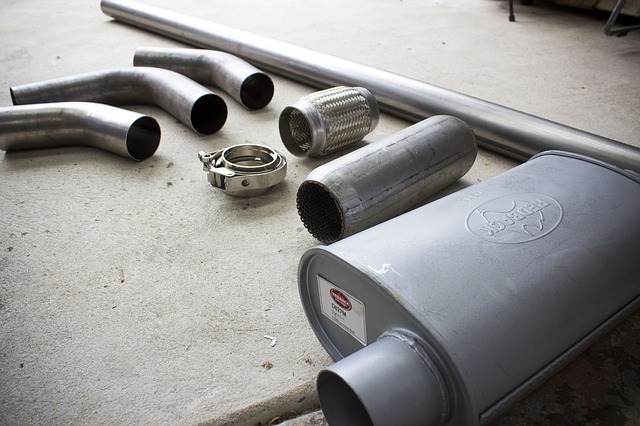
Lead pipes are “old school” and not in a good way. Older homes may have lead pipes running through the plumbing system, which isn’t a good thing. Lead pipes can corrode. Traces of lead then find their way into drinking water, which can be dangerous. Replacing lead pipes can be costly, but the money spent may contribute to improved health.
2. Copper
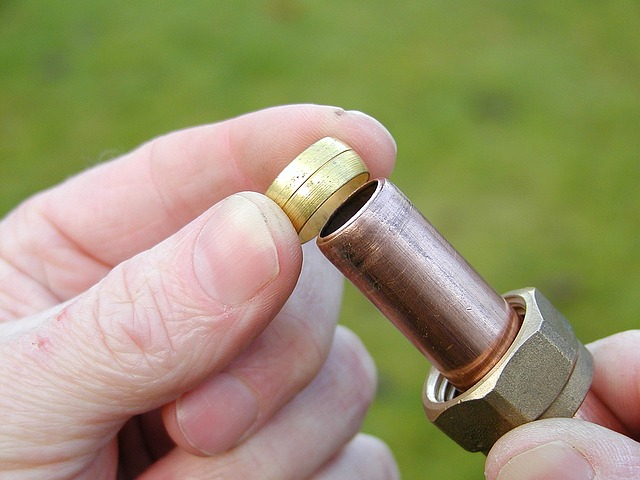
Copper might now be the most popular metal used to make pipes. Specifically, copper pipes are used for the tap water lines. Unlike other metals, copper doesn’t suffer from corrosion so easily. If the pipes don’t corrode and remain in proper working condition, they do not need to be replaced. Copper can’t contribute to lead poisoning because, obviously, copper isn’t made of lead. Copper, however, can be costly so the use of copper for the entire plumbing system proves to be rare.
3. PVC
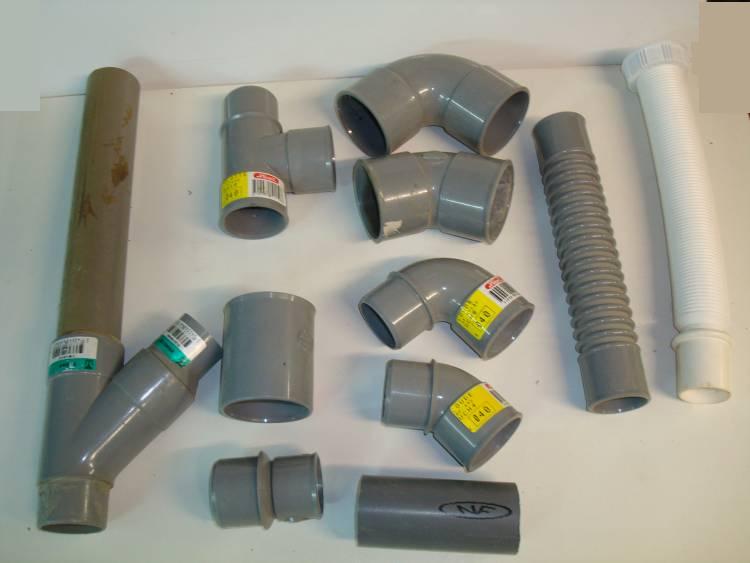
On the surface, PVC doesn’t look like a durable material. PVC, also known as polyvinyl chloride, serves as a very common type of pipe material in most home and commercial plumbing setups. Specifically, PVC is used for drains. The plastic material of PVC pipes doesn’t corrode like metal and is durable. Additionally, PVC isn’t an expensive material. That makes it a fine choice for those looking to upgrade plumbing lines without spending too much money.
4. PEX
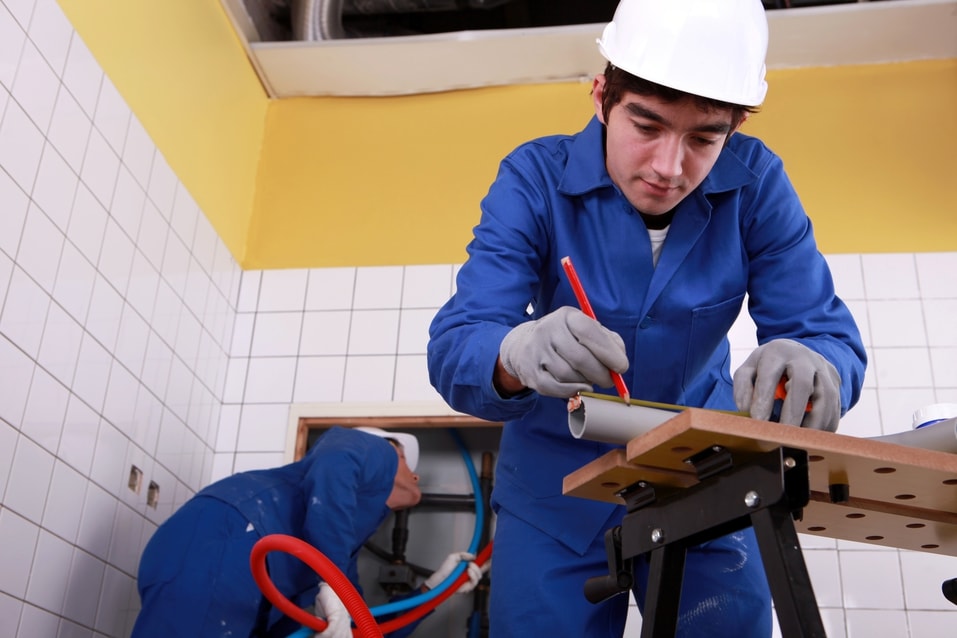
PEX — crosslinked polyethylene — wasn’t originally designed for plumbing, but it is now used in plumbing applications. In particular, PEX is commonly used for plumbing repair jobs. The costs associated with PEX remain fairly low, which is another plus. Interestingly, PEX doesn’t come with a high of a risk for bursting in freezing temperature as would be the case with copper pipes. Burst pipes during winter weather can create utter disasters in a home. An interior could suffer massive flooding if a shutoff valve isn’t engaged. Unfortunately, pipes might burst when you aren’t at home. Installing pipes less likely to burst can ease the mind a bit.
5. Galvanized Steel
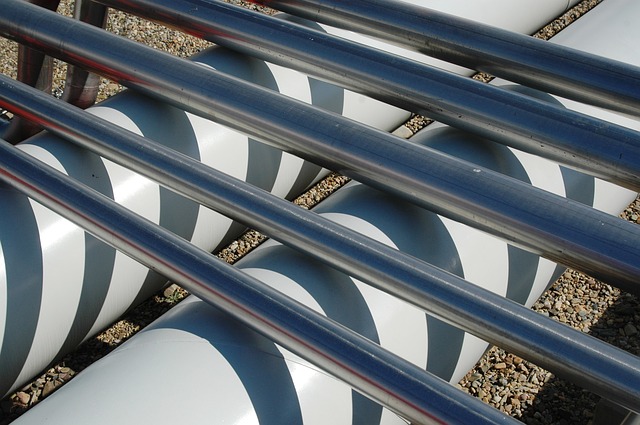
When concerns over lead first arose many decades ago, builders started to use galvanized steel pipes instead of the more commonplace lead ones. Older homes with aged galvanized steel pipes really do need to be on the lookout for leaks at the joints. This would be due to corrosion. These pipes also suffer from sediment buildup. An excessive buildup can constrict water flow.
